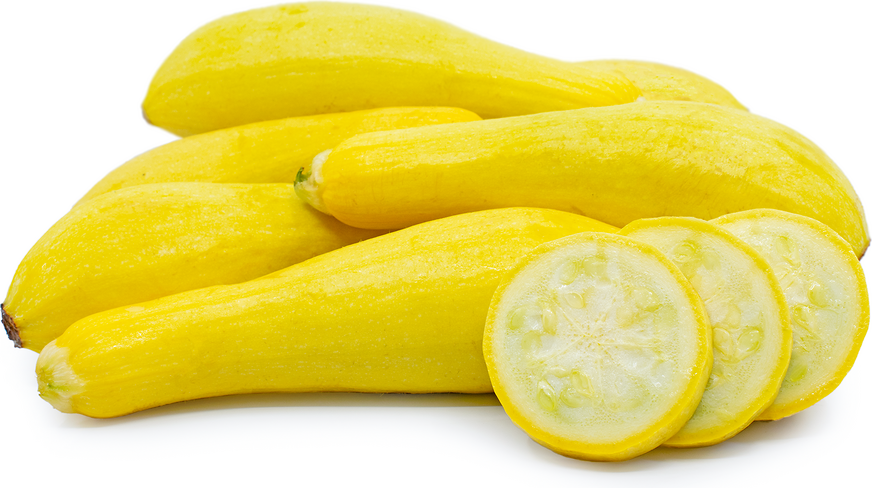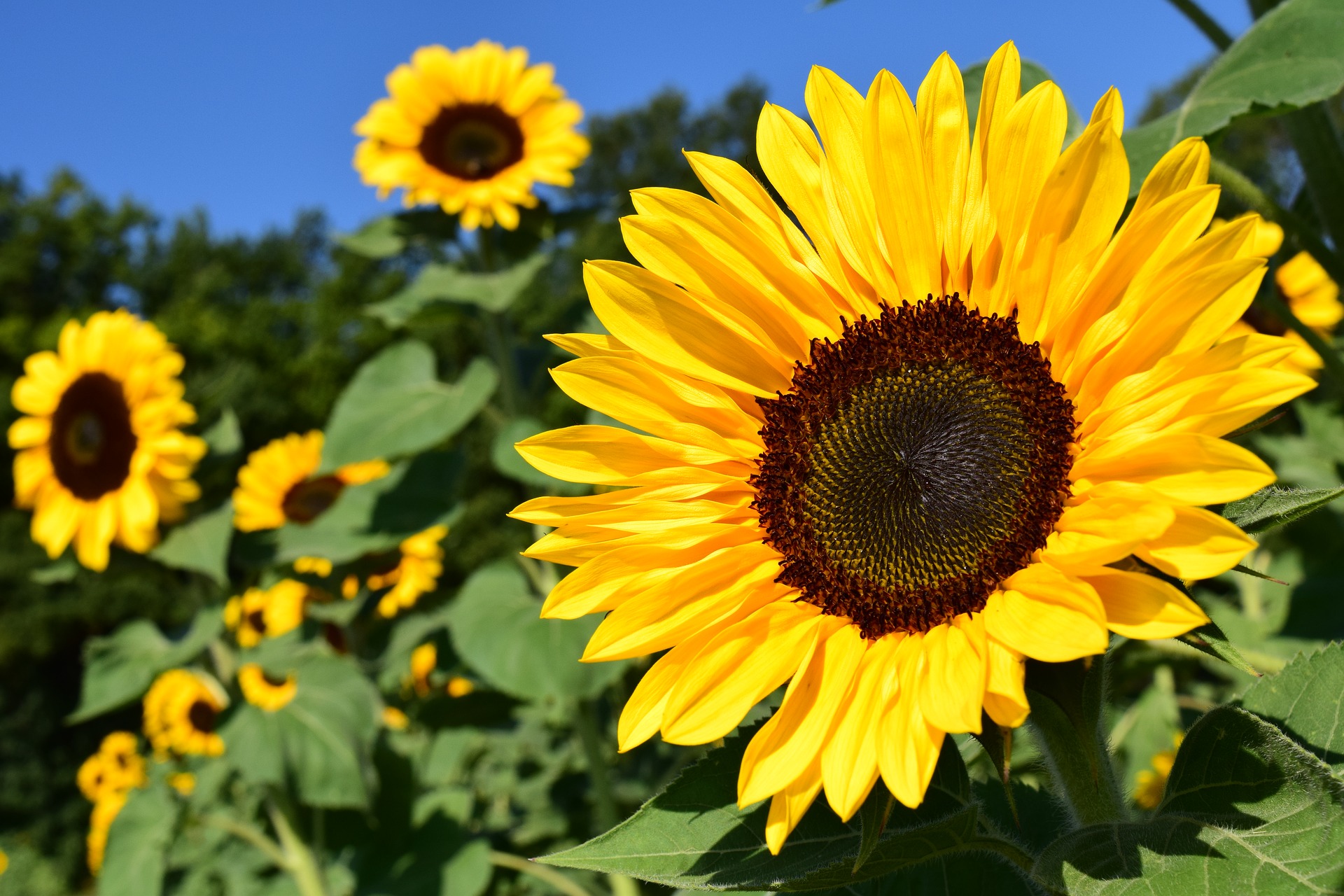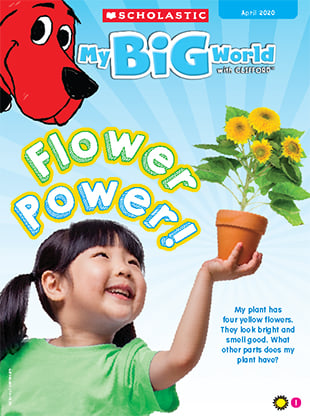 |
| Before |
EVERYONE -
Do you have a garden or pots of plants at your home? Here's a picture of the garden bed at the back of my house. As you see, it needs some attention before the plants return. I've got to remove all the dead leaves and cut down the old, dried stems. |
| After |
2s: The Color Yellow
Today, we're going to talk about the color YELLOW. What kind of things are yellow?
 1. You can watch my daughter, Maura, read the book Yellow: Seeing Yellow All Around Us. https://drive.google.com/file/d/1N6w1lc3Ok5gCvs77G11KKTcxUc-gWdpB/view?usp=sharing
1. You can watch my daughter, Maura, read the book Yellow: Seeing Yellow All Around Us. https://drive.google.com/file/d/1N6w1lc3Ok5gCvs77G11KKTcxUc-gWdpB/view?usp=sharing2. You can watch this short video with your child to introduce the color yellow: https://www.youtube.com/watch?v=XKSaIwM7CYA
3. Go on a Yellow Hunt. Look for things that are yellow, inside and outside your home. Remember, if your child misidentifies something, rather than just saying 'No', gently say 'This shoe is blue. Blue is the color of blueberries. Let's see if we can find something yellow, like a banana.'
Carry something yellow with you to help your child compare it to items in your house.
3s: The Color Yellow
 |
| Look at all those yellow school buses! |
1. You can watch my daughter, Maura, read the book Yellow: Seeing Yellow All Around Us
https://drive.google.com/file/d/1N6w1lc3Ok5gCvs77G11KKTcxUc-gWdpB/view?usp=sharing
2. Do you have a yellow crayon? Ms. Terry would like you to color your yellow page. It can be found on our website at: http://hstrial-wardschapelpr.homestead.com/Online-Preschool-Information.html?_=1585519659098
Parents, here's what I'm looking for with this activity. It's simply not coloring. We want your child to identify things that are yellow and the shapes, but specific pre-writing skills are another purpose of the activity. With the lemon, the skill is coloring in a circular pattern, as you would for round letters like O, G and S. With the cheese, the skill is coloring with linear movement - up, down, left, right - like you would for E, F, and L. Finally, the banana is a C shape, the start of rounded letters. I hope this makes sense.
 3. Do you know what else is yellow? Sunflowers! It's far too early to see any, but you can plant your own inside your house and move them outside when it gets warmer.
3. Do you know what else is yellow? Sunflowers! It's far too early to see any, but you can plant your own inside your house and move them outside when it gets warmer.In your bag this week, you'll find a small baggie that contains seeds. They are black with little white stripes. There are many different kinds of sunflowers, but you are going to grow Mammoth Sunflowers, but there are all different kinds of sunflowers and they are not all yellow. Some are orange or red!
 |
| See how only a little bit of my finger is in the dirt? |
Using your finger, make a small hole in the center of the soil so that your finger is in the dirt up to your knuckle.
Gently put the seeds in the hole. How many seeds do you have? Count them as you put them into the dirt.
Gently cover the seeds with soil. Very slowly pour some water on the soil - just enough to wet it, but don't make it like a swimming pool! You'll need to gently water your seeds every day.
Put your pot in a sunny window. You'll have to wait patiently for about 7-10 days for your seed to sprout. Check your pot every day!
4s: Letter X, Plants and Gardens
 1. Watch A Xylophone for X-ray Fish: https://www.youtube.com/watch?v=CgKA5wvppfA
1. Watch A Xylophone for X-ray Fish: https://www.youtube.com/watch?v=CgKA5wvppfA2. The letter X is an easy one to write, but a hard one to find words for! Uppercase and lowercase X look the same, except for their size.
Letter X makes the 'kss' sound.
Print your Letter X practice page from our website. Practice writing the letter X on your practice page.
Try using something different to make the letter X, like play dough, sticks, crayons, a handful of post-it notes.
Today, my cats were sitting next to each other and their tales were overlapping and it looked like a letter X!
3. It's the time of year that farmers and gardeners start to think about what they will plant this year. Before they do that, they learn all about how plants grow. All this week, you're going to learn how plants grow and maybe plant your own!
But not all plants come from farmers or gardeners. Some plants come right from nature. Watch the video of the book The Tiny Seed by Eric Carle to find out how the wind helps to plant seeds. https://www.youtube.com/watch?v=kZITtrzoK4c

4. Remember our first week of online preschool and you got two copies of Scholastic My Big World? You need the Flower Power issue now. Don't have it any more or never picked it up? No worries - log in to our Scholastic page at www.mybigworld.scholastic.com.
You may need to set up an account.
Our student passcode is: WCPS4s
a. Watch the video What Are Plants from the Scholastic website.
b. If you have it, read the issue with your child. Sing the Parts of the Plant song a couple of times. (music makes learning so easy!). Help your child with the graph on the page 4. If you don't have it, use the online version.
5. We're going to plant our own seeds! In your bag you'll find a baggie, a card for the top that says 'My Sprout', and a white seed. You'll also need a paper towel.
 Take out your seed and gently look at it. What do you think might grow from it? Does the seed give you any clue?
Take out your seed and gently look at it. What do you think might grow from it? Does the seed give you any clue?Wet the paper towel and squeeze out as much water as you can - it should be damp, not wet. Fold the towel up so that it fits into the baggie. Now put the seed into the baggie up against the paper towel. It will look like this picture.
Zip the baggie shut and write the date on the card for the baggie.
Now, hang the baggie in a sunny window and wait to see what happens!
No comments:
Post a Comment